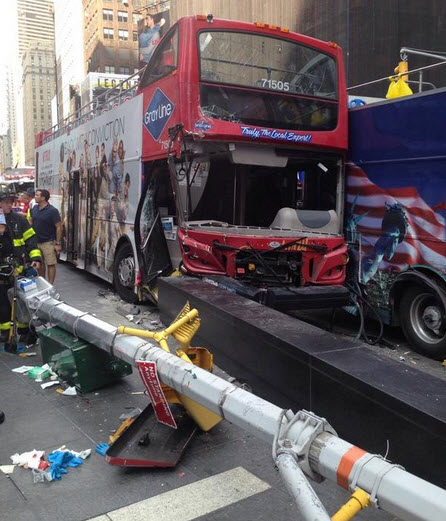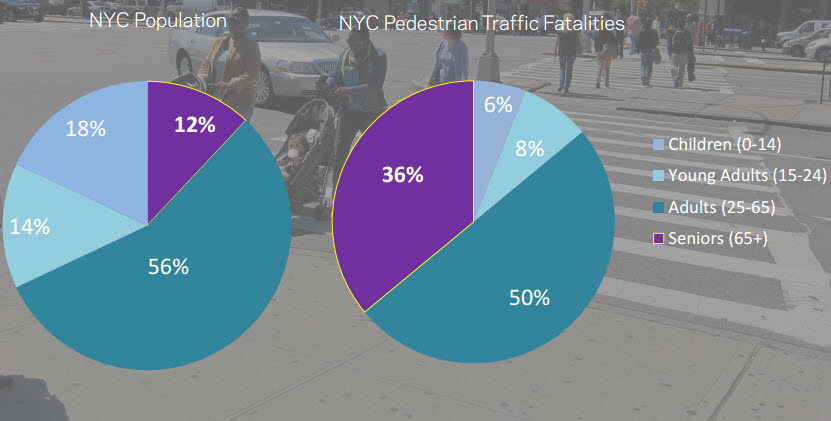To prevent death and personal injury related to subway accidents the MTA is testing several “track intrusion” detection systems
Last year in New York 151 people were struck by subway trains and 53 of them died. There are many reasons why people are being injured or killed by a train: they fall on the tracks after feeling ill, they are pushed by someone else, they loose something on the track and try to go pick it up or they jump in front of the train to commit suicide. To stop the staggering amount of injuries and deaths happening on its tracks, the MTA is testing sensors and video systems that would prevent people who fall on the tracks to be struck by a train. The systems use high-tech devices to alert the driver if someone falls on the tracks. The tests look promising and the MTA executives are planning to install such systems in subway stations between 2015 and 2019.
Read more in the New York Daily News
 New York Personal Injury Attorneys Blog
New York Personal Injury Attorneys Blog


 At least 14 people suffered personal injury after the driver of a doudble-decker red Gray Line sightseeing bus sideswiped a parked double-decker City Sights bus and another vehicle before jumping the curb onto the sidewalk at 47th Street ad 7th Ave in Manhattan next to the TKTS discount ticket. The
At least 14 people suffered personal injury after the driver of a doudble-decker red Gray Line sightseeing bus sideswiped a parked double-decker City Sights bus and another vehicle before jumping the curb onto the sidewalk at 47th Street ad 7th Ave in Manhattan next to the TKTS discount ticket. The 
 A skydiving student died and his instructor suffered critical personal injury in a skydiving accident in Calverton, Long Island, NY, yesterday. According to officials, the student, Garry Messina, a NYC correction officer who was celebrating his 25 year old birthday, died on impact after a parachute failure during a tandem jump.
A skydiving student died and his instructor suffered critical personal injury in a skydiving accident in Calverton, Long Island, NY, yesterday. According to officials, the student, Garry Messina, a NYC correction officer who was celebrating his 25 year old birthday, died on impact after a parachute failure during a tandem jump.
